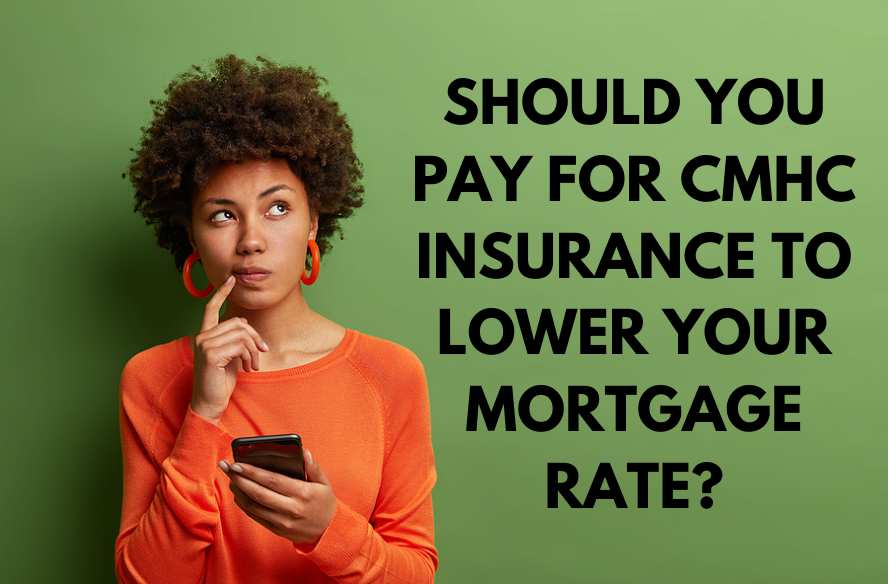One thing that we all have in common is that we want the lowest mortgage rate. Rate shopping is not as easy as it used to be as rates can vary depending on your situation. A mortgage lender can have as many as five different 5 year fixed mortgage rates available (or even more), all being the lowest rate they can offer. It doesn’t seem to make a lot of sense, but I explain the reasoning in detail in my blog on why different people are quoted different mortgage rates.
High Ratio – The Lowest Mortgage Rates
The lowest mortgage rates are often found on high ratio (insured) mortgages. For example, if you are purchasing a home with less than 20% down payment, then your mortgage is high ratio, and is therefore eligible for the lowest mortgage rates. This would also help you to get a lower rate at renewal time as well.
This is counter intuitive of course. Why would someone get rewarded with a lower rate by having a lower down payment?
A lower down payment means the borrower has less equity in the property, which would represent a greater risk to the lender and therefore trigger a higher rate. Right?
That’s the logical way of thinking, but mortgages can sometimes defy logic, or even common sense. Let me explain further, which will bring some clarity to the reasoning. High ratio mortgages are guaranteed for the lender by one of the three mortgage insurers. CMHC, Sagan (formerly Genworth), or Canada Guaranty. This not just lowers the lenders risk, but it also lowers the lender’s cost of funds. They can then pass the savings on to the borrower in the form of a lower rate.
How Much Lower Are Rates For High Ratio Mortgages?
The difference in rate can range from no difference at all, to as much as 0.25%. Currently, the lowest 5 year fixed rate with a 20% down payment is as low as 1.99%. If you are purchasing with less than 20% down, then the rate drops to 1.79%. On a $500,000 mortgage amortized over 25 years, the difference in payment is $47.91 per month. The difference over the 5 year term would be respectable $4,783.88.*
Everyone wants the lowest rate, and some can even be obsessed by it. But the mortgage rate is not the most important component to your mortgage. The overall cost of the mortgage is what counts. The actual dollar amount out of your pocket by the end of your mortgage term. Having a lower mortgage rate doesn’t mean a lot if you are paying a hefty insurance premium to get one.
Let’s say you are purchasing a home for $800,000 with a 20% down payment. The lowest 5 year fixed rate would be 1.99%. With an insured mortgage, the lowest rate drops to 1.79%. If you lowered your down payment to 19.99% to trigger the lower rate, the insurance premium would be 2.80%. On an $800,000 purchase, this works out to a premium of $17,922.24. That’s a pretty large chunk of change, and too big a number to offset with a lower rate. In this case, choosing the lower insured rate would cost you an additional $13,469.12 over the term when compared with the uninsured option.
How Much Lower Would The Mortgage Rate Need To Be To Justify The Premium?
In order to come out ahead on the insured option, the rate would need to be at least 0.64% lower, which would be a rate of 1.35%. You’ll never see a difference anywhere near this large. Even if you did, you’d only come out ahead by only around $225. Just a hair over breaking even. That is IF you stayed in the mortgage for the full 5 years. Statistically speaking, more than half of homeowners will end up breaking their mortgage before the end of the 5 year term.
The Verdict
If you can comfortably come up with 20% down payment to avoid the premium, then you’ll always save more money by doing so, even if it means paying a slightly higher rate.
*For details on how this is calculated, please check out my blog on how to calculate the savings between two mortgage rate options.
Please leave any comments or questions below!








Leave A Comment